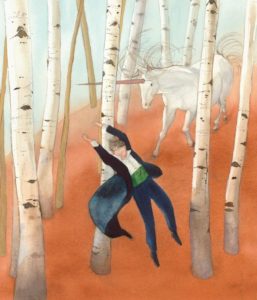 Originally they were tales for the “folk,” the regular people who lived in Europe–and beyond. Today we tend to label them as fairy tales. We will be reading many fairy tales from a range of collectors and writers. The overall focus will be Western/European fairytales which, of course, leaves out hundreds of tales from other cultures. Hopefully this adventure will spark interest to explore fairytales from Russia, China, Japan, indigenous cultures from around the world.
Originally they were tales for the “folk,” the regular people who lived in Europe–and beyond. Today we tend to label them as fairy tales. We will be reading many fairy tales from a range of collectors and writers. The overall focus will be Western/European fairytales which, of course, leaves out hundreds of tales from other cultures. Hopefully this adventure will spark interest to explore fairytales from Russia, China, Japan, indigenous cultures from around the world.
Our main source for Fall 2023 will be: The Annotated Classic Fairy Tales edited by Maria Tatar.
Question: Does the word “fairy tale” carry a particular connotation for you?
While these might sound like stories for children, we will discover that they are anything. but that. These were originally told by adults to adults, although families might all be gathered together. In recent years there has grown up significant scholarship on these kinds of stories and they have been examined from a wide range of perspectives: historical, psychological, psychoanalytical, sociological, and philosophical. The writings about these stories can be fascinating in their own right as scholars try to dig down to find meaning for the earlier tellers but also for us today. We will be reading criticisms and histories by Jack Zipes and Ruth Bottigheimer, among many others.
For a fascinating link between fairy tale and architecture, visit this site:
Welcome to our new class and a new adventure!
